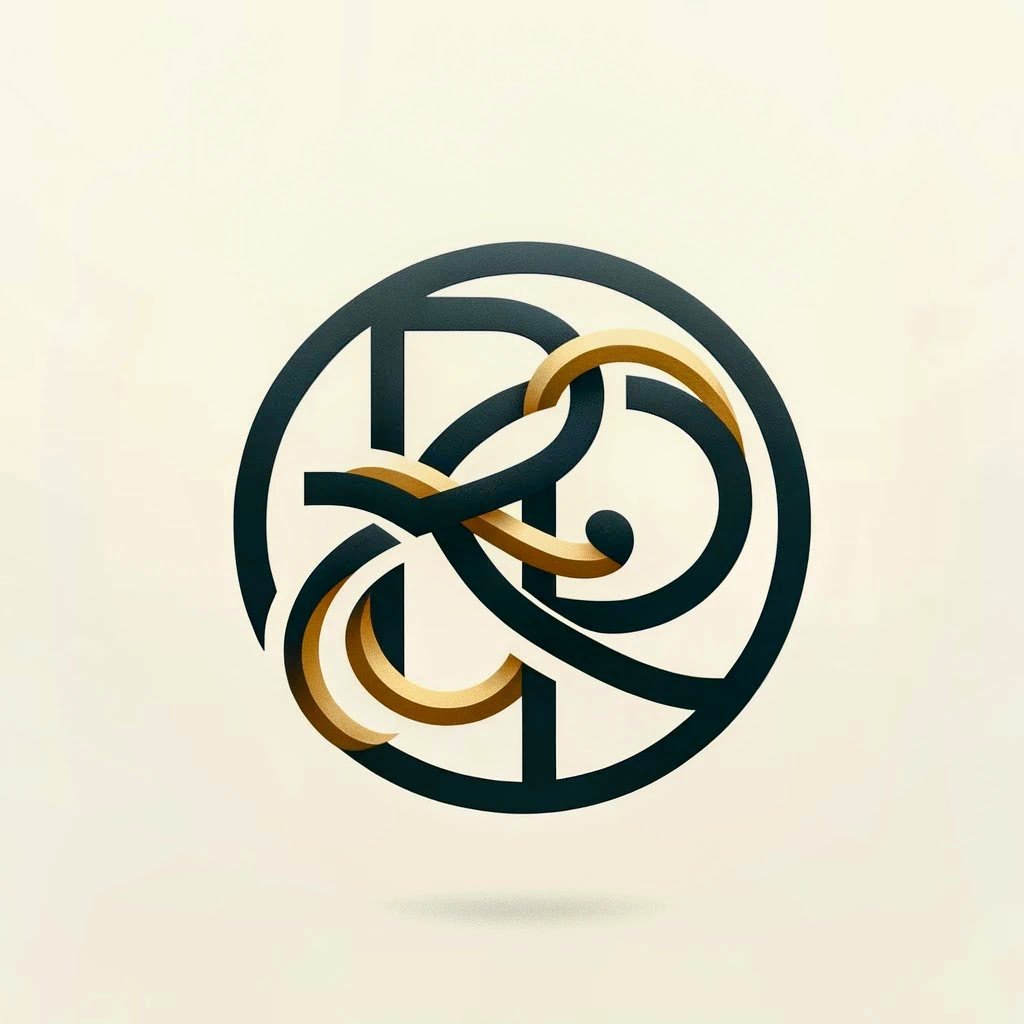Is your smartphone (and the mobile OS) a reflection of you?
For much of the early years of the cellphone revolution, it was cool to actually own a device. It was expensive to buy and even more expensive to make calls on. Most cellphones otherwise known as Nokia and Motorola handsets were clunky and unimaginative. The only innovation in terms of design and handset appearance was happening in Japan where finicky phone users changed devices faster than they changed their hair styles. But as with many other Japanese innovations, the West barely blinked at all the cool stuff that Sharp, Sanyo, Sony, KDDI and Panasonic were cooking. The Motorola StarTac was considered the first major design breakthrough by many and is enshrined in the halls of mobile phone innovation. It was after all the first flip. In hindsight, it seems trivial but at that time it meant something to own the StarTac. Up next in the list was the Nokia Communicator- a bulky internet connected device at GPRS speeds that was the must have device for folks who wanted to be connected all the time. Every geek and business executive wanted to be spotted with the Communicator. And then came the Moto RAZR. The device that singularly revitalized Motorola and then lead to its downfall. The RAZR's thinness was a true revolution- soon it became the must have celebrity handset. People clamored to get one and Motorola sold more than 60 million units.
The Motorola StarTac was considered the first major design breakthrough by many and is enshrined in the halls of mobile phone innovation. It was after all the first flip. In hindsight, it seems trivial but at that time it meant something to own the StarTac. Up next in the list was the Nokia Communicator- a bulky internet connected device at GPRS speeds that was the must have device for folks who wanted to be connected all the time. Every geek and business executive wanted to be spotted with the Communicator. And then came the Moto RAZR. The device that singularly revitalized Motorola and then lead to its downfall. The RAZR's thinness was a true revolution- soon it became the must have celebrity handset. People clamored to get one and Motorola sold more than 60 million units. 
 And that brings us to the iPhone. In the last 5 years, nothing has been more iconic, enshrined and glorified than the iPhone. Starting with a revolutionary touch screen to introducing the glass and metal look of the iPhone 4, Apple has turned the industry in its head. Today, every phone is a touch device and many a manufacturer is in court trying to prove that it did not copy the iPhone. Google's Android took the iPhone revolution a step further by allowing device manufacturers to use the OS and build unique devices that best represented the platform. HTC, Samsung and Motorola have build popular devices in that vein.
And that brings us to the iPhone. In the last 5 years, nothing has been more iconic, enshrined and glorified than the iPhone. Starting with a revolutionary touch screen to introducing the glass and metal look of the iPhone 4, Apple has turned the industry in its head. Today, every phone is a touch device and many a manufacturer is in court trying to prove that it did not copy the iPhone. Google's Android took the iPhone revolution a step further by allowing device manufacturers to use the OS and build unique devices that best represented the platform. HTC, Samsung and Motorola have build popular devices in that vein. Along this evolutionary and sometimes revolutionary path for mobile phones, people have been growingly enamored with the most popular, the coolest and the best in class in that order. Smartphones are increasingly titillating the buyer and making them develop a close relationship with them. So much so that the device is starting to be a reflection of the owner.And its not just about the device anymore. It is about the ecosystem. People are willing to be identified as iOS lovers- fanboys(or fangirls) or Android fanboys. At the risk of typecasting, Android is now considered an OS of the geek who can put up with clutter but wanting freedom to do what he chooses with his smartphone versus the iPhone which is associated with the sophisticated person who wants to be considered a purveyor of good aesthetics. While this generalization is not always the case, it does play to the user demographics who patronize the respective OS'es. One of the big reasons why RIM and Microsoft Windows Phone platforms are losing out is that there is no one user group that considers itself representative of the platform. As in, no one sees the respective OSes and the devices that carry them as representative of them. It used to be that the business user wanted to be identified with the Blackberry. No longer so. The iPhone has penetrated the Blackberry audience to such an extent that the Blackberry is seen as representative of the old school executive. Not the next generation one.Recently, one of the most popular iOS apps, Instagram made its entry to Android. To most this would be a great thing. More people to share your pictures with. More users of the platform- so better features. But no. IOS users felt that the app was not cool anymore. That it didn't seem all that exclusive and must-have once it catered to the Android masses. While this is surprising, it is not all that unexpected. iOS users would like to feel privileged and Instagram was one app that made them feel so. By becoming multi platform, Instagram was no longer a defining app of the iOS user.As Apple would most prefer, it is seen as the platform to aspire to. Although an iPhone can now be had for as little as $99 on contract, it is still the aspirational OS. The cool chick on the block. Android in contrast is the everyman OS. One that offers a lot across all price points. From $0 on contract to a $299 super phone.As people start identifying themselves more and more with their device and its OS, it makes them less open to appreciating other eco-systems and devices. The iOS user is rarely in a mood to appreciate a good and polished Android device. The Android fanboy is not willing to concede that the curated App Store is beneficial to a lot of users. And the argument goes on.
Along this evolutionary and sometimes revolutionary path for mobile phones, people have been growingly enamored with the most popular, the coolest and the best in class in that order. Smartphones are increasingly titillating the buyer and making them develop a close relationship with them. So much so that the device is starting to be a reflection of the owner.And its not just about the device anymore. It is about the ecosystem. People are willing to be identified as iOS lovers- fanboys(or fangirls) or Android fanboys. At the risk of typecasting, Android is now considered an OS of the geek who can put up with clutter but wanting freedom to do what he chooses with his smartphone versus the iPhone which is associated with the sophisticated person who wants to be considered a purveyor of good aesthetics. While this generalization is not always the case, it does play to the user demographics who patronize the respective OS'es. One of the big reasons why RIM and Microsoft Windows Phone platforms are losing out is that there is no one user group that considers itself representative of the platform. As in, no one sees the respective OSes and the devices that carry them as representative of them. It used to be that the business user wanted to be identified with the Blackberry. No longer so. The iPhone has penetrated the Blackberry audience to such an extent that the Blackberry is seen as representative of the old school executive. Not the next generation one.Recently, one of the most popular iOS apps, Instagram made its entry to Android. To most this would be a great thing. More people to share your pictures with. More users of the platform- so better features. But no. IOS users felt that the app was not cool anymore. That it didn't seem all that exclusive and must-have once it catered to the Android masses. While this is surprising, it is not all that unexpected. iOS users would like to feel privileged and Instagram was one app that made them feel so. By becoming multi platform, Instagram was no longer a defining app of the iOS user.As Apple would most prefer, it is seen as the platform to aspire to. Although an iPhone can now be had for as little as $99 on contract, it is still the aspirational OS. The cool chick on the block. Android in contrast is the everyman OS. One that offers a lot across all price points. From $0 on contract to a $299 super phone.As people start identifying themselves more and more with their device and its OS, it makes them less open to appreciating other eco-systems and devices. The iOS user is rarely in a mood to appreciate a good and polished Android device. The Android fanboy is not willing to concede that the curated App Store is beneficial to a lot of users. And the argument goes on.

